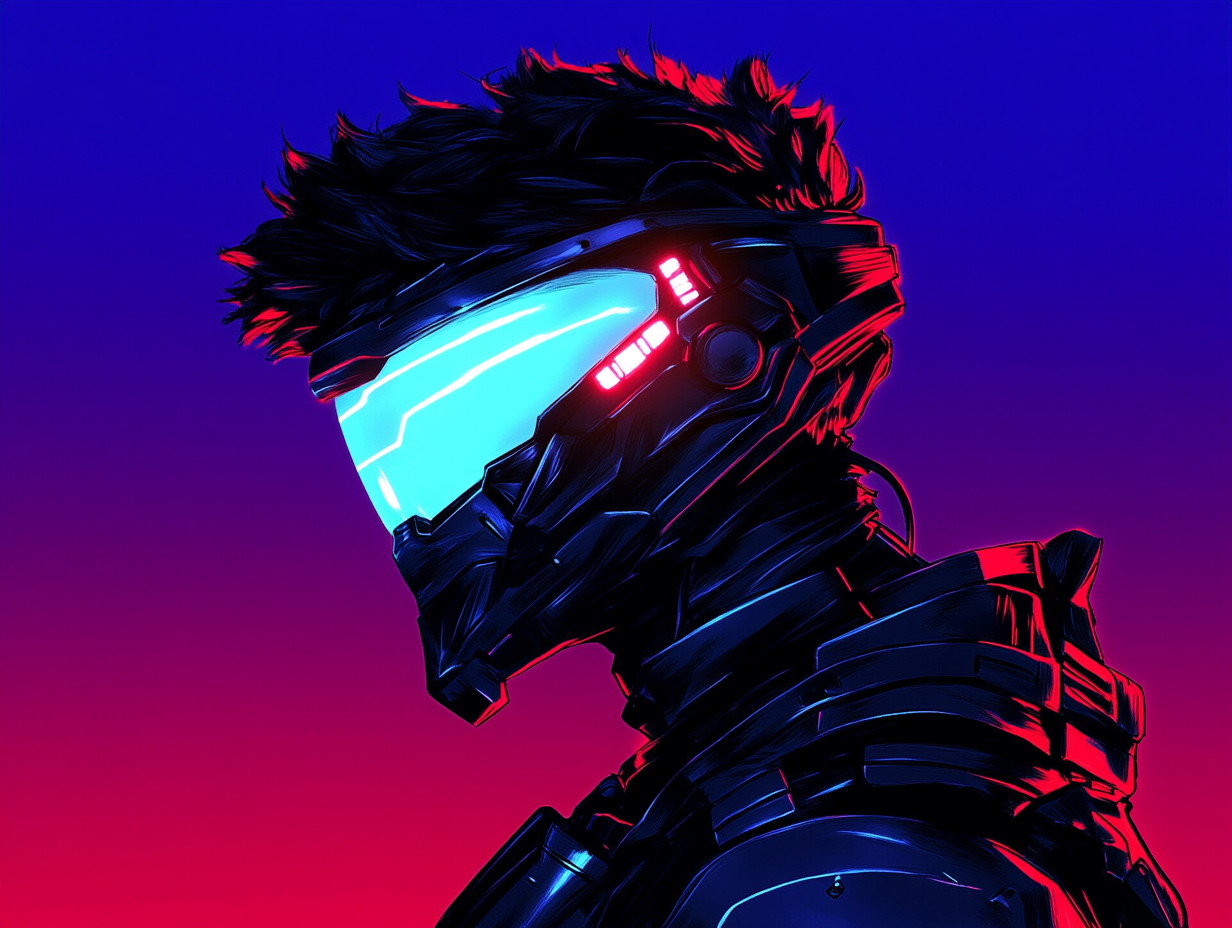In this Apex Legends UX breakdown analysis, we dive into the seamless integration of its core game loop and the intricate design of every screen, widget, and UI element.
This detailed UX design not only promotes fluid gameplay but also ensures that players can react quickly in high-stakes situations, fostering an immersive and competitive experience.
Many games allow you to customise your HUD experience via the settings, to turn off or change your HUD elements. They may even have presets such as hardcore (No HUD) settings or streamer modes. In this post, I will be looking at some console and PC games that have at good notable HUD designs, as well as some innovative ways of incorporating it into your game design itself.
Read MoreIn the world of luxury products, inconvenience often masquerades as exclusivity. This counterintuitive approach to design has been embraced by several high-end brands, with Apple leading the charge. By creating products that sometimes defy conventional usability, these companies have managed to turn potential flaws into talking points, reinforcing their brand identity and fostering a sense of exclusivity among their customers.
Read MoreSnapchat, Instagram and Tiktok aren’t just apps—they're video games where the objectives are attention, expression, and social capital. For game designers, studying these platforms offers a masterclass in engagement. By treating social media as a competitor (or collaborator), we can design experiences that tap into the same innovative community-driven experiences.
Read MoreAI is like electricity: revolutionary, everywhere, and completely invisible. But here’s the problem—most people don’t get it. Not because they’re too dumb, but because companies are too busy trying to explain the voltage instead of showing the lightbulb.
Read MoreAs impressive as Ghost of Tsushima is with it’s innovative UX design, it’s thematic beauty and art direction, the heart of any samurai game lies in its combat system and luckily Ghost of Tsushima's combat system is a masterful blend of simplicity and depth delivers a visceral and immersive samurai experience. Lets beak it down.
Read MoreAs a UX/UI designer in AAA game development, my role includes understanding and crafting interfaces that align with the game's narrative, mood, and art direction. The UI is the first things players will see so it need to set the tone for the rest of the game.
Read MoreGreat game interfaces are paradoxical in nature—they are simultaneously incredibly complex in their design and completely unnoticed in their execution. In some games the UI is the game and in others the interface disappears from conscious awareness, becoming an extension of the player's intent rather than a layer between player and game.
Read MoreAs a UX designer, I am responsible for creating the user interface and experience for video games. This includes everything from the menus and buttons that players see and interact with, to the in-game HUDs (heads-up displays) that provide information to players.
Read MoreDead Space remains a benchmark in video game with its diegetic UI approach—where interface elements like health and ammo were seamlessly embedded into the protagonist’s suit—did more than just provide information; it defined the game’s identity, elevated its immersion, and reinforced its survival-horror atmosphere. Yet, despite its critical and commercial acclaim, few games have followed in its footsteps, why?
Read MoreIn the early 2000s, Yahoo held a significant position in the search engine market, commanding approximately 36.4% of U.S. searches in 2005. By 2017, when Verizon acquired Yahoo, its global search market share had dwindled to around 4%. In contrast, Google, which had about 35% of the U.S. search market in 2005, expanded its dominance to over 87% globally by 2017. This stark divergence underscores the critical role of user experience (UX) strategies in shaping market trajectories.
Read MoreDesign isn’t just about aesthetics or functionality—it’s about understanding the emotional core of your audience inorder to make unforgettable gaming moments.
Narrative design isn’t just about creating plots or dialogue—it’s about shaping how experiences convey meaning, evoke emotions, and connect with the audience. Let’s explore how these lessons apply to game and UX design.
Read MoreIf the NYC subway genuinely wants to address its fare evasion problem, it needs to rethink its approach and learn more on psychology and User Experience Design principles, rather than adding things like like harsh lighting and sharp metal barriers that make the subway feel more like a prison or an interrogation rather than an enjoyable commute in a public space.
Read MoreUnderstanding player-state awareness represents the difference between functional interfaces and truly exceptional ones. Games that recognize and respond to your psychological state create deeper immersion and satisfaction than those with perfectly attractive but psychologically insensitive designs.
Read MoreArthur Morgan is not well, and you can feel it in your controller.
It starts subtly in Red Dead Redemption 2—a persistent cough during routine conversations, stamina that depletes just a little faster during gunfights, a character model that gradually becomes more gaunt and weathered. For hours, maybe dozens of hours, you experience Arthur's declining health not through cutscenes or exposition, but through the fundamental mechanics of play. Your horse rides feel more labored. Your aim wavers slightly.
Read MoreThere's a moment in Silent Hill 2 that perfectly captures the genius of horror game design. You're fumbling through your inventory, desperately searching for a health drink while something unspeakable lurks just outside your flashlight's reach. But here's the brilliant part—the inventory screen doesn't pause the game. Time keeps ticking. Danger keeps approaching. What should be a safe space, a moment of respite, becomes another source of terror.
Read MoreGame design is the foundation of any great game, defining how players interact with mechanics, environments, and systems. When design falls short—whether through unclear mechanics, confusing navigation, or lackluster feedback—developers might turn to UI as a quick fix. But piling on UI elements won’t rescue a poorly designed game. Instead, it often highlights underlying issues while cluttering the experience.
Read MoreHere’s how elegant packaging and a compelling backstory is used elevate a simple product, like chocolate, into a luxury item. In the hands of a skilled marketer, even a humblest bar of chocolate—can be transformed into an emblem of sophistication and exclusivity. It’s not about the product alone; it’s about the narrative, the design, and the way it makes you feel.
Read MoreWhat exactly is a Xbox? Is it a console, is it 2 consoles, is it a gaming subscription, an ecosystem, or a publisher? For those who who don't closely follow the industry, this question might be more complex than it appears.
Clarity in messaging is critical for any brand. It shapes consumer perception, builds trust, and distinguishes a company's offerings in a crowded marketplace. A lack of clarity can lead to confusion, erode brand loyalty.
Read MoreRemember when things had character? When a Tesla dashboard didn't look like a computer monitor bolted to a car? When soccer jerseys had personality instead of looking like they were generated by a neural network trained on business casual shirts? We've traded craftsmanship for conversion rates.
Read More




















